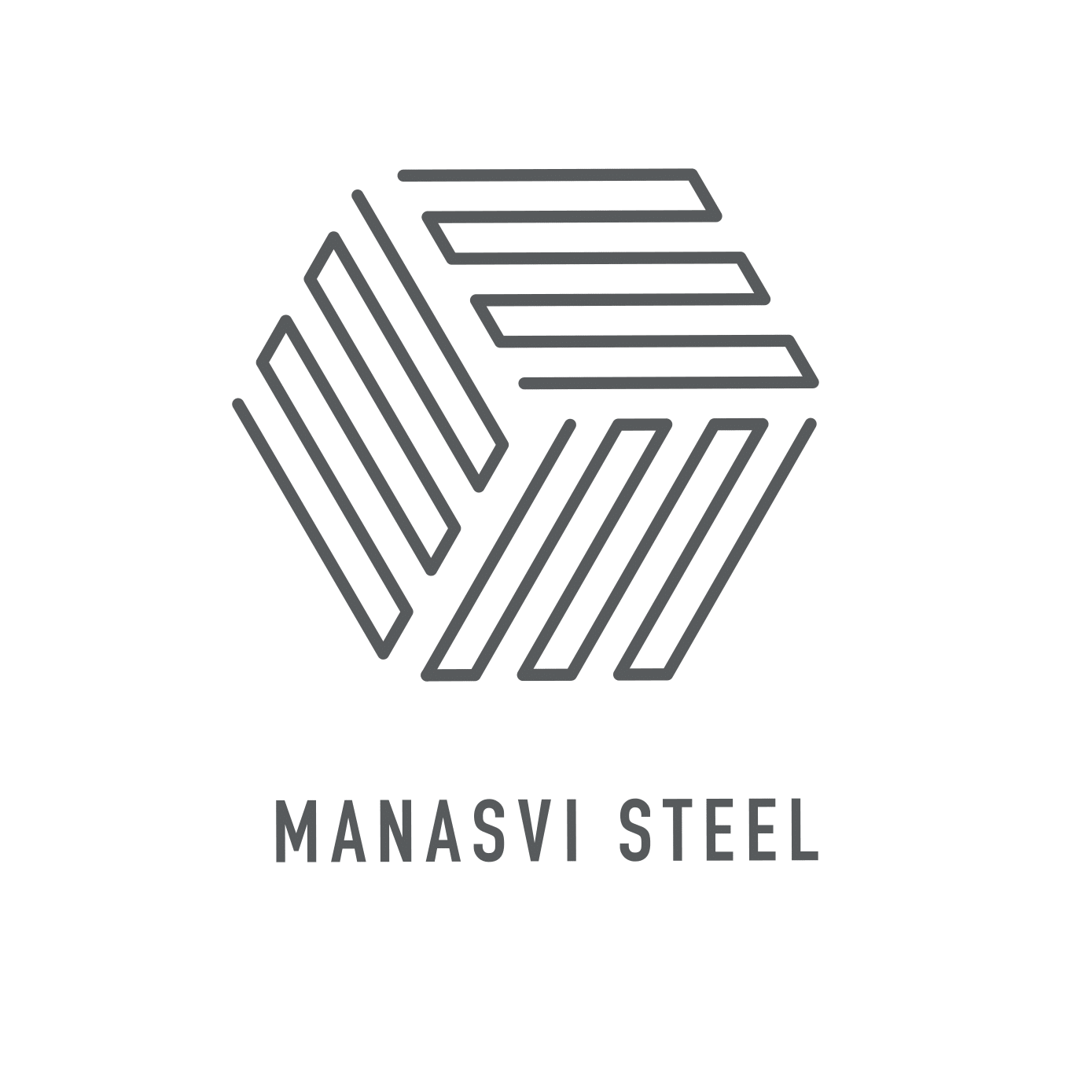Any construction project’s sustainability and safety, are significantly impacted by the materials chosen. Steel bars are becoming more and more essential as one of the elements that are used to strengthen concrete constructions. Although mild steel bars were the norm in the past, thermo-mechanically treated (TMT) bars are currently in use. When TMT bars are compared to standard steel bars, it is evident which ones have advantages and uses, which helps to explain why TMT bars are quickly taking over the current building industry.
Understanding TMT Bars and Traditional Steel Bars
TMT Bars:
Thermo-mechanically treated bars, or TMT bars, undergo a specific manufacturing process that includes quenching, self-tempering, and atmospheric cooling. This process imparts a unique combination of strength and ductility to the bars, making them highly suitable for various construction applications.
Traditional Steel Bars:
Traditional steel bars, also known as mild steel bars, are produced through a conventional hot-rolling process. These bars have been used for decades in construction due to their adequate tensile strength and cost-effectiveness.
Comparative Analysis
1. Strength and Ductility
– TMT Bars: TMT bars are known for their high tensile strength and superior ductility. The outer surface of TMT bars is hard, providing high strength, while the inner core remains soft, ensuring flexibility and ductility. This combination allows TMT bars to withstand high-stress conditions, making them ideal for earthquake-prone regions.
– Traditional Steel Bars: Traditional steel bars have lower tensile strength compared to TMT bars. Their uniform composition means they lack the differentiated strength and flexibility seen in TMT bars, which can be a disadvantage in areas requiring high resilience.
2. Rust protection
– TMT Bars: The manufacturing process of TMT bars includes a stage where the bars are rapidly cooled, forming a tough outer layer that is resistant to corrosion. This makes TMT bars highly durable and suitable for structures exposed to moisture and other corrosive elements.
– Traditional Steel Bars: Traditional steel bars are more prone to rust and corrosion over time, especially when exposed to humid or saline environments. This susceptibility can compromise the structural integrity of buildings and infrastructure.
3. Bonding with Concrete
– TMT Bars: TMT bars have a ribbed surface that provides excellent bonding with concrete. This ribbed pattern ensures that the concrete grips the steel more effectively, reducing the risk of slippage and enhancing the overall stability of the structure.
– Traditional Steel Bars: Traditional steel bars usually have a smooth surface, which can result in weaker bonding with concrete. This can affect the load-bearing capacity and durability of the reinforced concrete.
4. Fire Resistance
– TMT Bars: TMT bars exhibit superior fire resistance compared to traditional steel bars. The outer layer’s higher thermal stability helps maintain the structural integrity of buildings during fire incidents, providing a critical safety advantage.
– Traditional Steel Bars: Traditional steel bars have lower fire resistance, which can be a significant drawback in ensuring the safety of buildings in the event of a fire.
5. Cost-Effectiveness
– TMT Bars: Although TMT bars may have a slightly higher initial cost compared to traditional steel bars, their long-term benefits in terms of durability, maintenance, and safety make them a more cost-effective choice over the lifespan of a project.
– Traditional Steel Bars: Traditional steel bars are typically cheaper upfront. However, the potential for higher maintenance costs and reduced longevity can make them more expensive in the long run.
Applications
TMT Bars: Given their superior properties, TMT bars are widely used in a variety of construction projects, including high-rise buildings, bridges, dams, and industrial structures. Their resilience and durability make them suitable for critical infrastructure projects.
Traditional Steel Bars: Traditional steel bars are often used in small-scale residential projects and less demanding applications where the enhanced properties of TMT bars are not required.
Conclusion
While both TMT bars and traditional steel bars have their uses in construction, TMT bars offer significant advantages in terms of strength, durability, corrosion resistance, fire resistance, and overall cost-effectiveness. These benefits make TMT bars the preferred choice for modern construction projects, particularly those requiring high performance and long-term sustainability.
Choosing the right type of steel bar for your project depends on the specific requirements and conditions of the construction site. However, with their superior properties, TMT bars are increasingly becoming the standard for building safe, resilient, and durable structures. Manasvi Steel continues to advocate for the use of high-quality TMT bars, ensuring that every project we support meets the highest standards of excellence and reliability.

